The Ho Dynasty Citadel in Vinh Loc district, Thanh Hoa Province, was recognised as a World Cultural Heritage site by UNESCO in 2011. Alongside the zoning and conservation of the site, the Ho Dynasty Citadel Heritage Conservation Centre has, over the years, collaborated with professional agencies to conduct multiple archaeological excavations. These efforts have helped to further illuminate the site's integrity, authenticity, and, above all, its outstanding universal value.
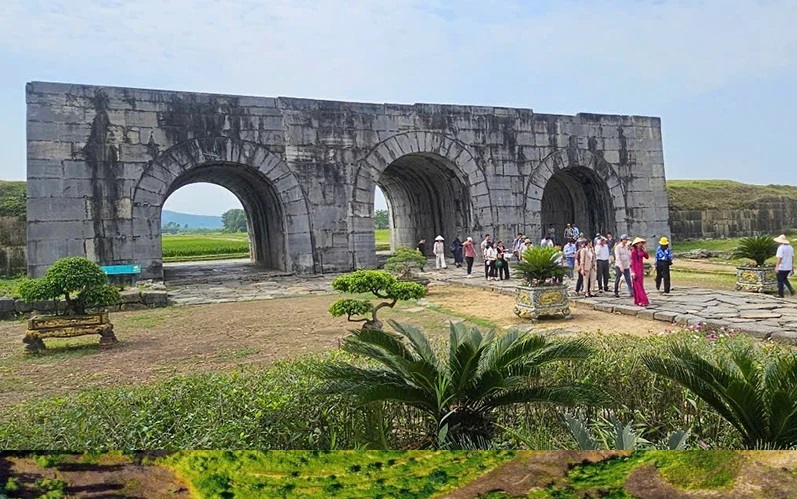
Southern Gate of the Ho Dynasty Citadel World Cultural Heritage Site
In addition to a gallery showcasing artefacts and relics related to the Ho Dynasty and images from excavation campaigns, the conservation centre has launched several new attractions. These include an “open-air artefact exhibition space”, a display titled “cannon models and the Ho Dynasty’s reforms”, and an exhibit of “construction stones of the citadel”, which has become a new check-in point for visitors in the southern area of the heritage site.
The centre has also introduced electric shuttle services to facilitate visitor access to various themed routes such as: Ho Dynasty Citadel – Journey to the land of heritage; Ho Dynasty Citadel – Traditional villages; Ho Dynasty Citadel – Spiritual sites in the buffer zone; and Ho Dynasty Citadel – Relics and scenic spots in the buffer zone.
These tours are continuously being expanded, with relics, scenic locations, and traditional villages across the Tay Do cultural space. The aim is to enrich visitors’ experiences as they explore the diversity and distinctiveness of the region’s cultural, tourism, and service offerings.
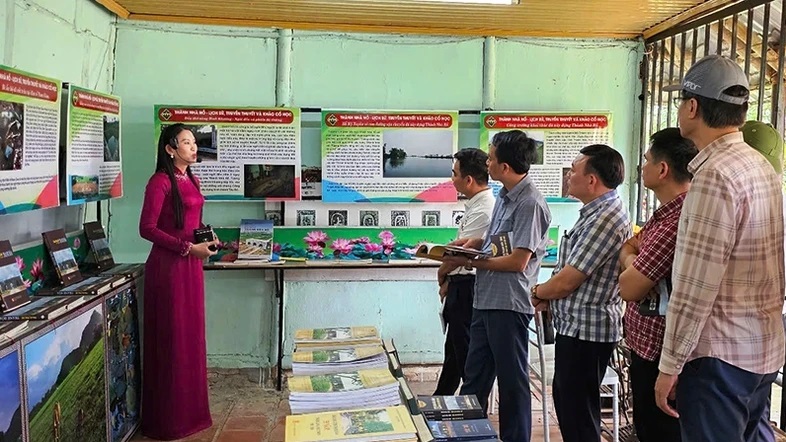
Journalists and reporters listen to a guide explain archaeological findings and the cultural space of Tay Do.
Visitors to the Ho Dynasty Citadel can also immerse themselves in the “agricultural cultural space of the Tay Do region”. This area features displays introducing traditional farming tools and recreations of a typical “family meal” in a traditional Vietnamese house, embodying the simplicity and warmth of Vietnamese family life.
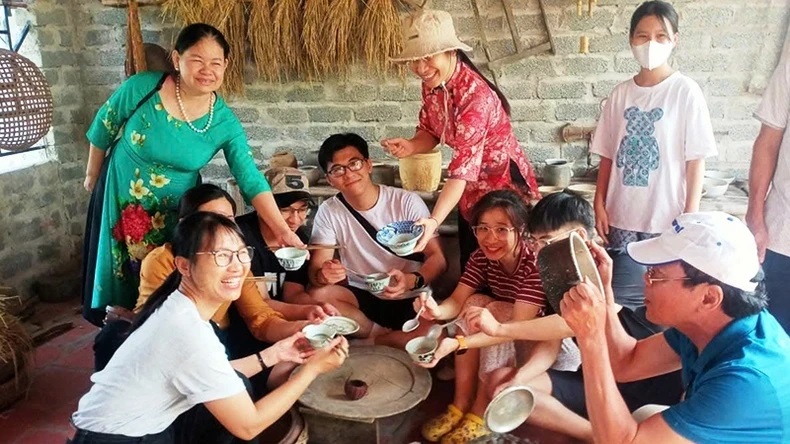
Generations gather joyfully around the model of a traditional Vietnamese family meal.
Notably, the conservation centre has taken an active role in promoting local knowledge and educating the public on the historical and cultural heritage of this land. It has also worked with schools to organise heritage education programmes for students.
These activities aim to provide the younger generation with opportunities to engage in educational and wholesome recreational experiences. They help shape positive lifestyles and instil respect for and preservation of local and national cultural values, while inspiring creativity in safeguarding and promoting heritage in ways that are relevant to modern life.
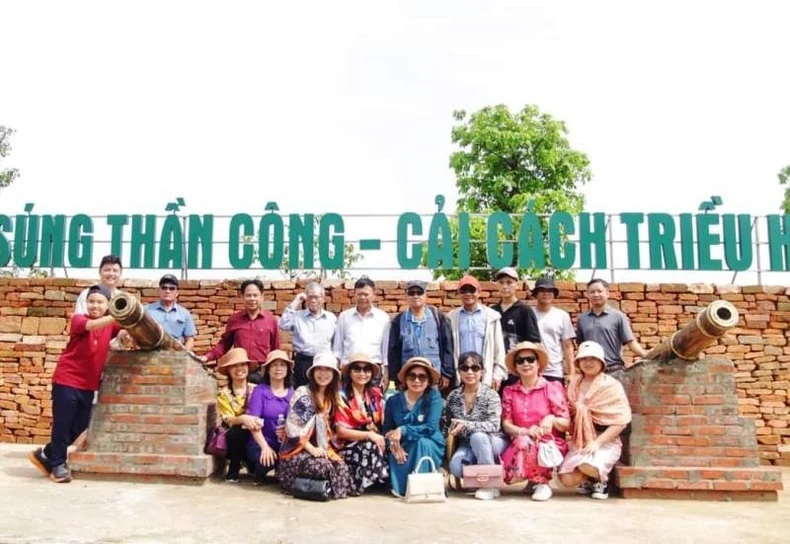
Visitors take commemorative photos next to the Ho Dynasty cannon model.
According to statistics, since the COVID-19 pandemic, tourism to the Ho Dynasty Citadel has surged year on year. In 2021, the site received only 37,140 domestic visitors. By 2023, that number had jumped to 248,960 domestic and 1,740 international tourists.
Last year, the World Cultural Heritage Site attracted 257,008 domestic and 2,992 international visitors for sightseeing, research, and cultural experiences. In just the first four months of this year, nearly 120,000 people have already visited the site.
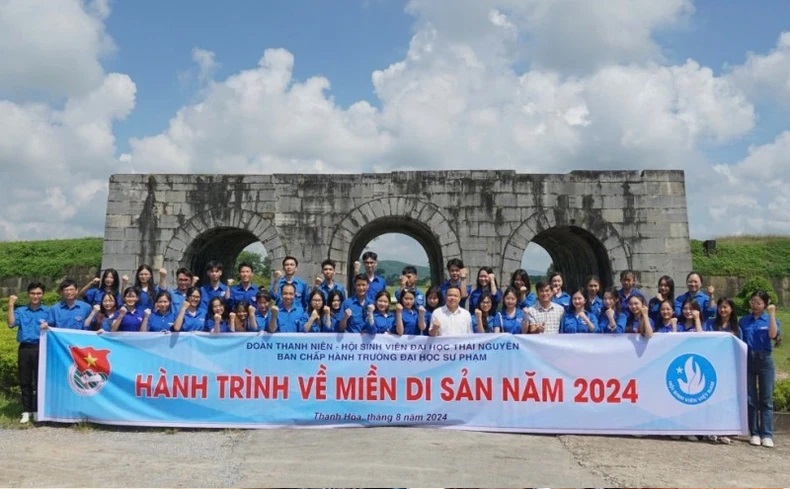
The heritage journey brings joy to the younger generations.
According to Trinh Huu Anh, Deputy Director of the Ho Dynasty Citadel Heritage Conservation Centre, students account for about 25% of annual visitors coming to study and explore the Tay Do cultural space. The centre also offers free or discounted entrance fees, particularly for school groups.
The centre continues to promote heritage education and aims to establish the Ho Dynasty Citadel complex as a prime destination for learning, research, and patriotic education for both current and future generations. It remains committed to improving service quality, developing distinctive tourism models, traditional festivals, and community-based tourism.
Moreover, the centre is enhancing intra-provincial tourism links and working with neighbouring provinces such as Ninh Binh, Nghe An, Ha Tinh, and Quang Binh to effectively implement initiatives like the “Central Heritage Road” and the “Journey through Ancient Vietnamese Capitals”.
Mai Luan - Translated by NDO